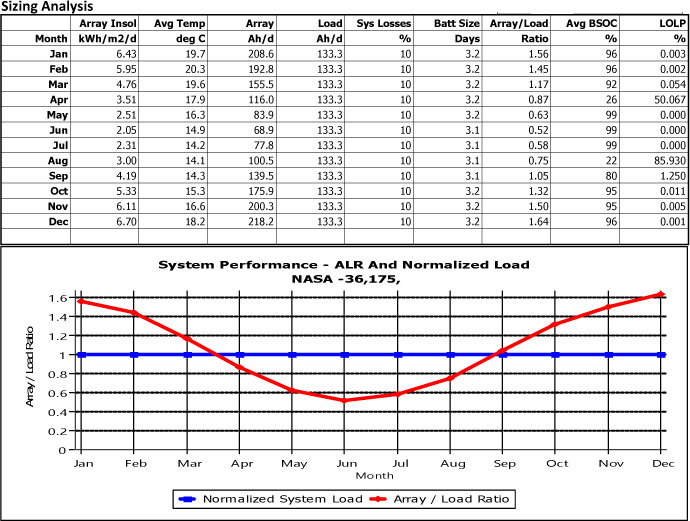We get asked questions like this all the time and I guess most would say yes that will be fine, some might say it depends on your load requirements, few would say no. The answer lies within the maths and calculations of your power consumption which is subtracted from your power generation. To work this out you take the power of each device and how long it's used for to get a daily demand. Now there are also peak loads and hours of minimal usage but for now, let's just work with a total figure for the day then divide that by 24 hours.
We recently investigated a system where the customer had spent over $6500 on multiple replacement batteries & upgrades to the charging and solar system on top of the base installation the motorhome came with to resolve their shortfall. Only a few years ago a 150W panel and a 220Ah or 260Ah battery were all your motorhome came with which would be considered only a mid-sized occasional off-grid solution now. Many still don't have anything more, especially those vehicles out of Europe built for the rental market unless upgraded locally.
Their new setup included 540W (3 x 180W) Solar panels and 2 x 270Ah AGM batteries, DC charging from the alternator but it turns out they don't actually travel that much. The panels are connected in parallel into a 20A solar controller and they have 50A of AC Battery Chargers they run off a generator if the batteries get low. As it turns out that means they run the generator every second day to ensure they keep the batteries above 12.5 volts so they will get 5 years cycle from them.
With a moderate 5A discharge per hour, 24 hours a day the performance figures of their new system look like this:

We didn't want to alter the chart in any way to correct the errors we can see but we will explain something to clarify. The last column is headed LOLP meaning Likelihood Of Lost Power. in the months of May through to July there is Zero % of the system working and Battery State of Charge will be 100% discharged. But you will notice in Jan - Mar then Oct - Dec there is less than 1% chance of the system failing. April it's 50/50 and in August an 80% chance based on the last few years sun hours in the Coromandel when the panels are mounted flat on the roof of your motorhome. The reason the chart is displaying errors is nobody with this level of information would actually design-build, or implement a system that is shown to fail. The system would require over 1kW of solar to be able to maintain a 5A continuous load (120Ah but 133.3Ah when losses are included daily). You can see days carry over for the batteries is only 3 days without sun and that in summer months in the southern hemisphere you'd have plenty of excess power.
That might lead some people to figure out that 540W of solar far exceeds the 20A controller included. But over the summer months, the battery will fully recharge from the max 50A discharge from overnight in the first 3 hours of sun in the morning so will be in float mode only supplying discharge load at midday in the full summer sun. With the large array size, you have the benefit of collecting more of the low-level power for longer over the winter months. It's just not enough to meet demand.